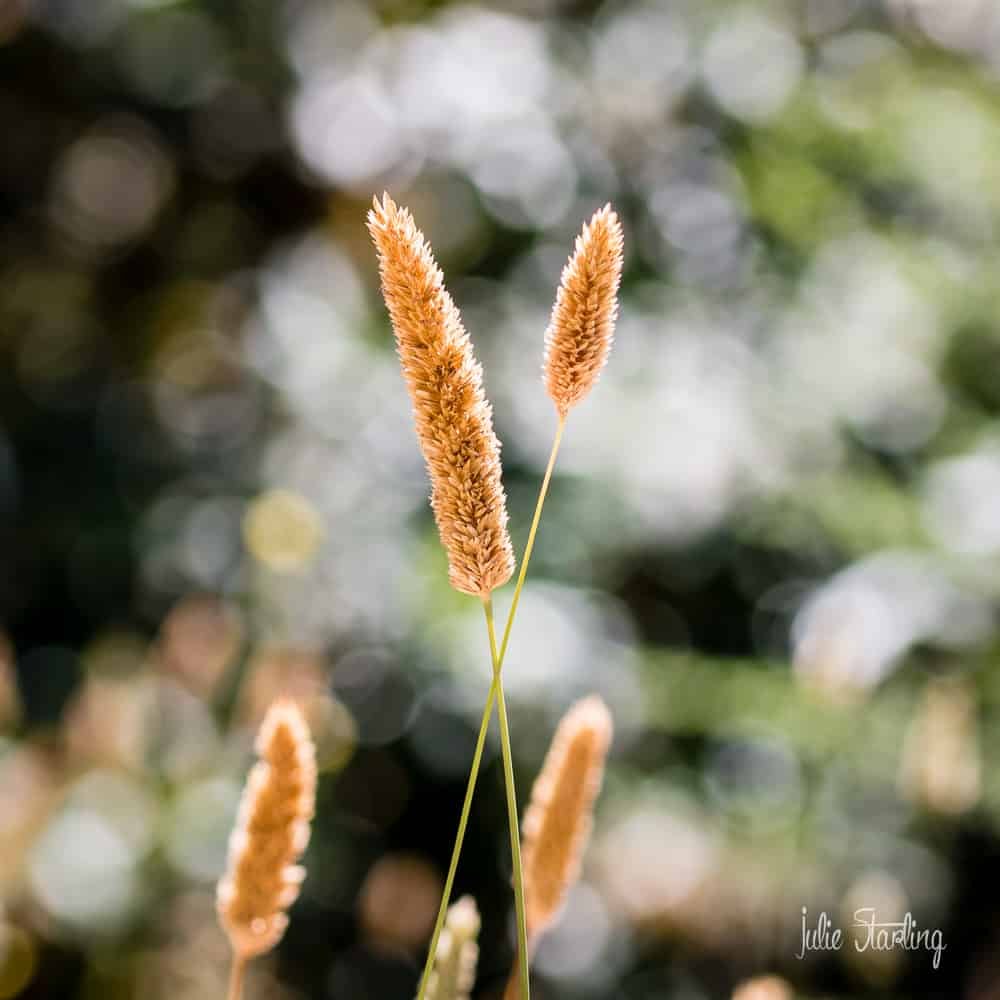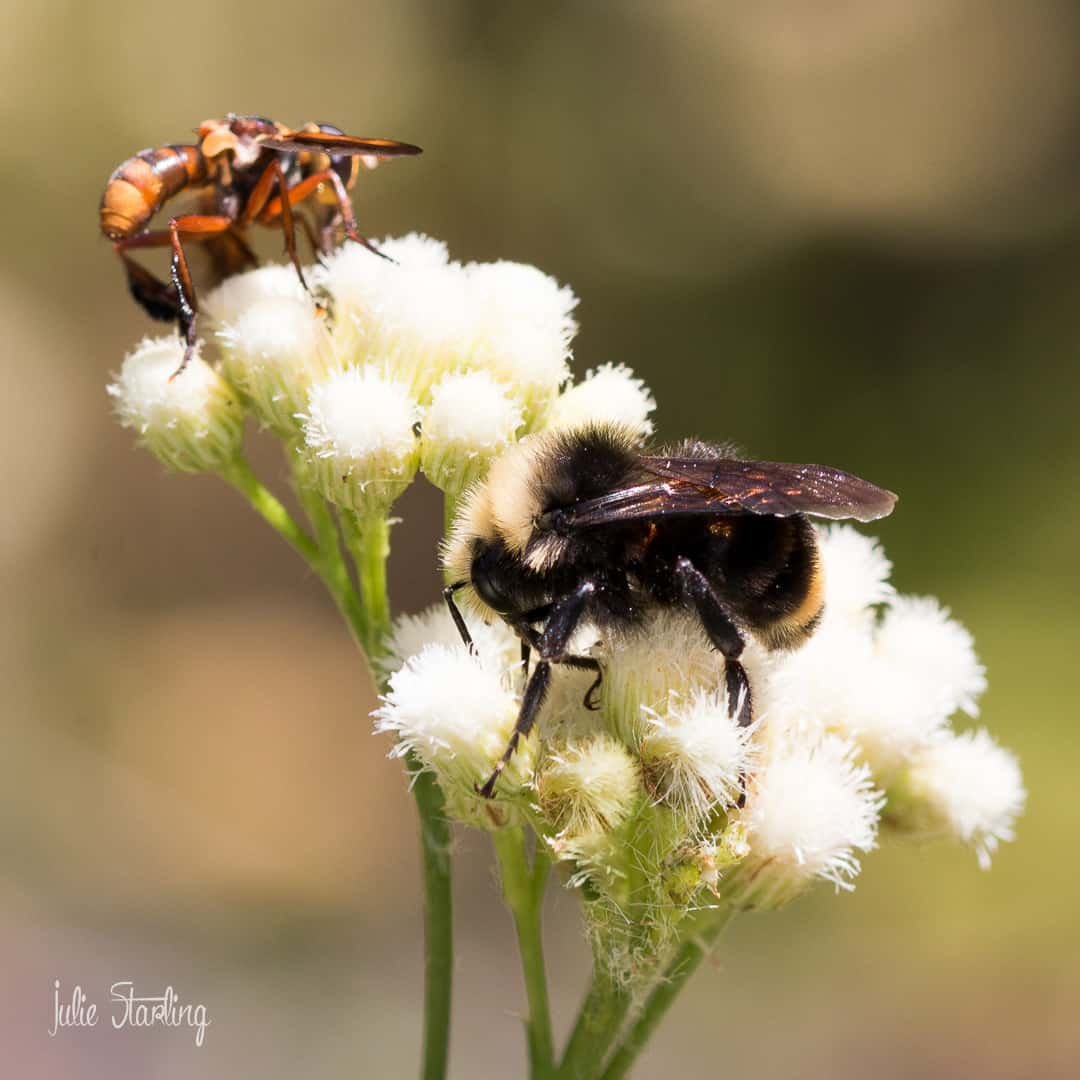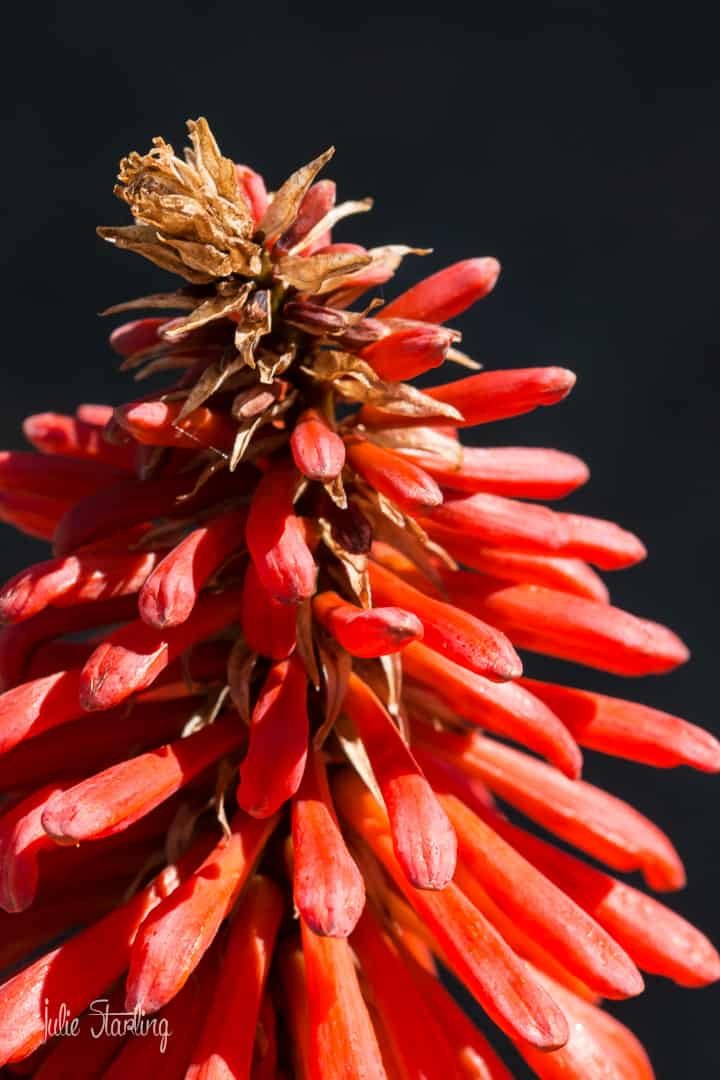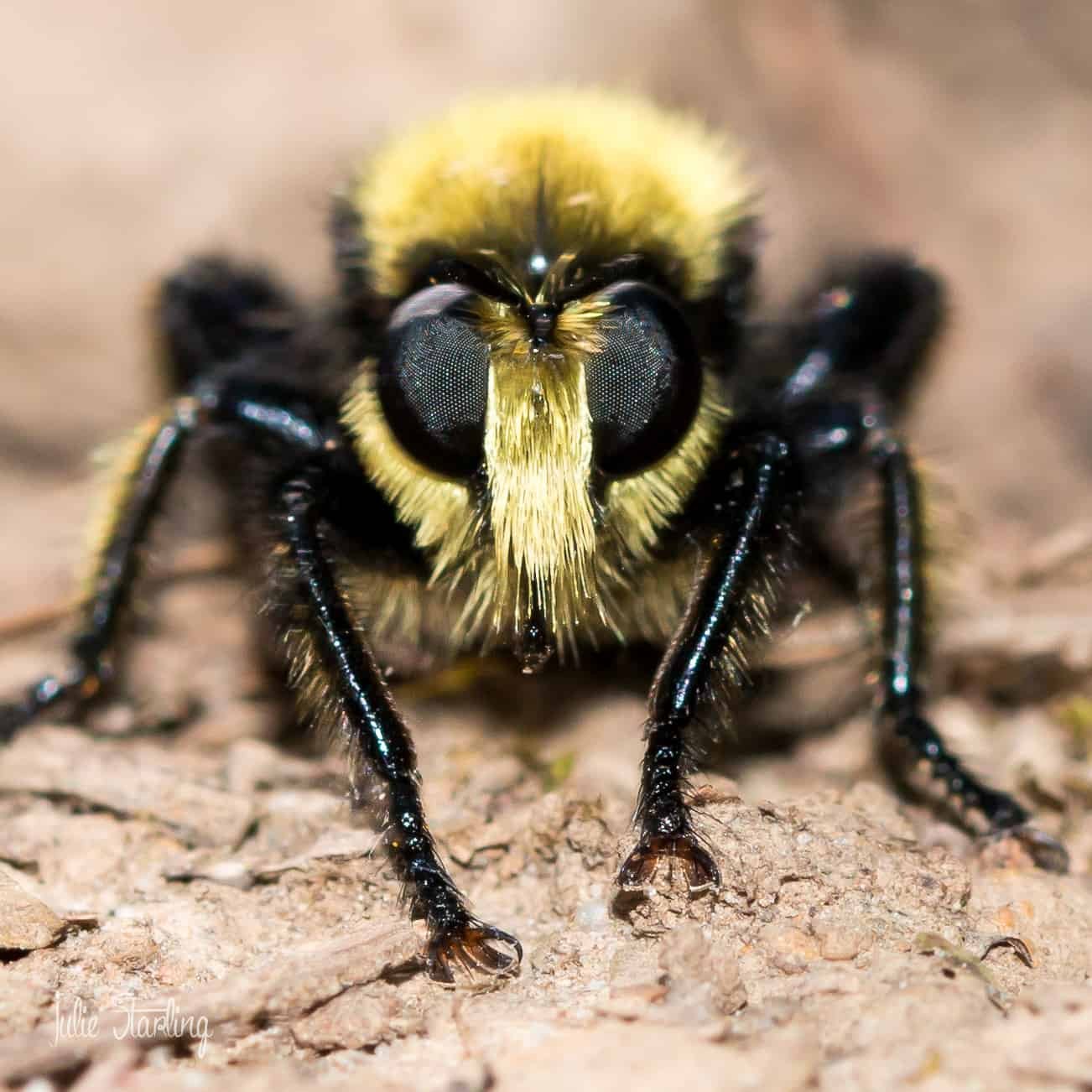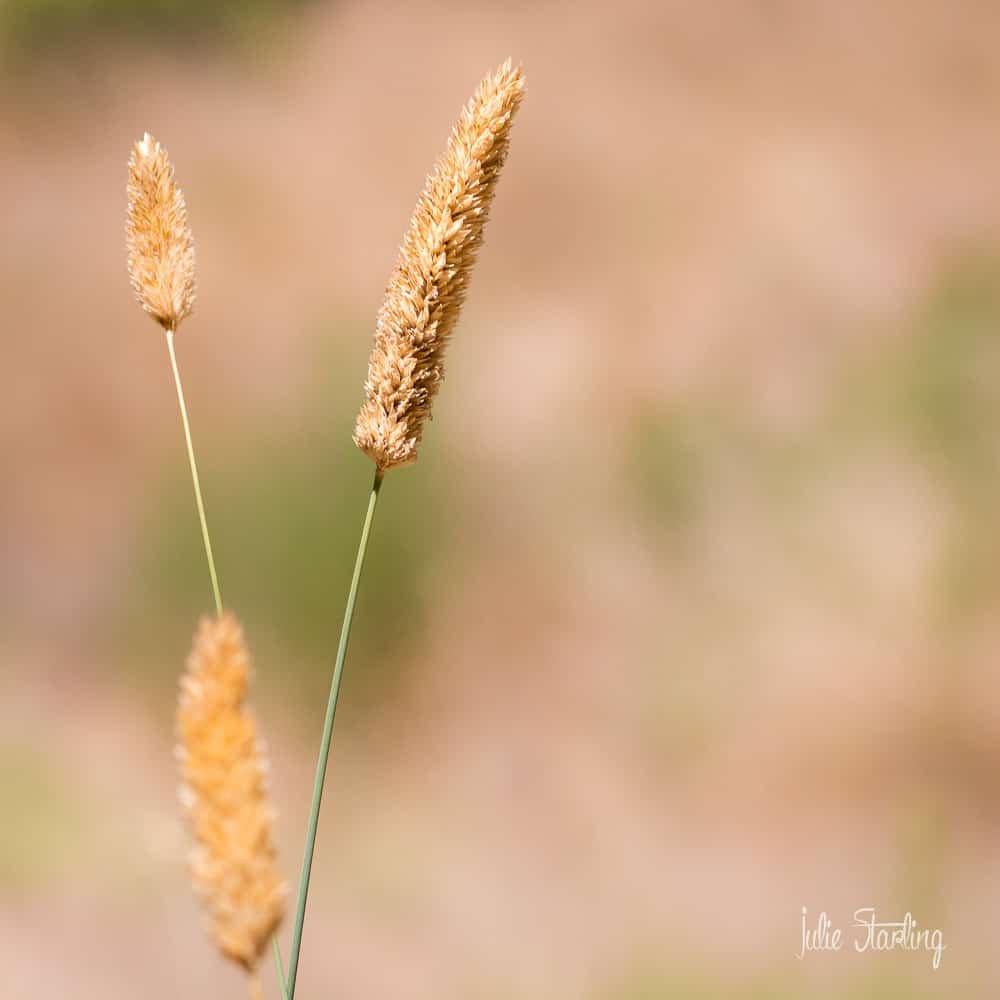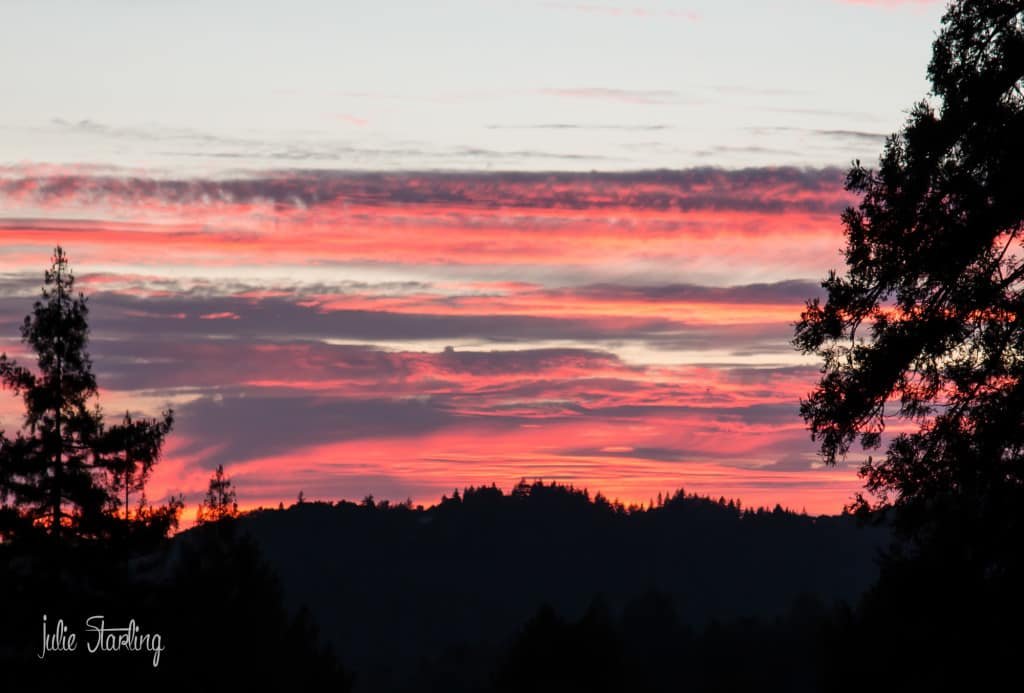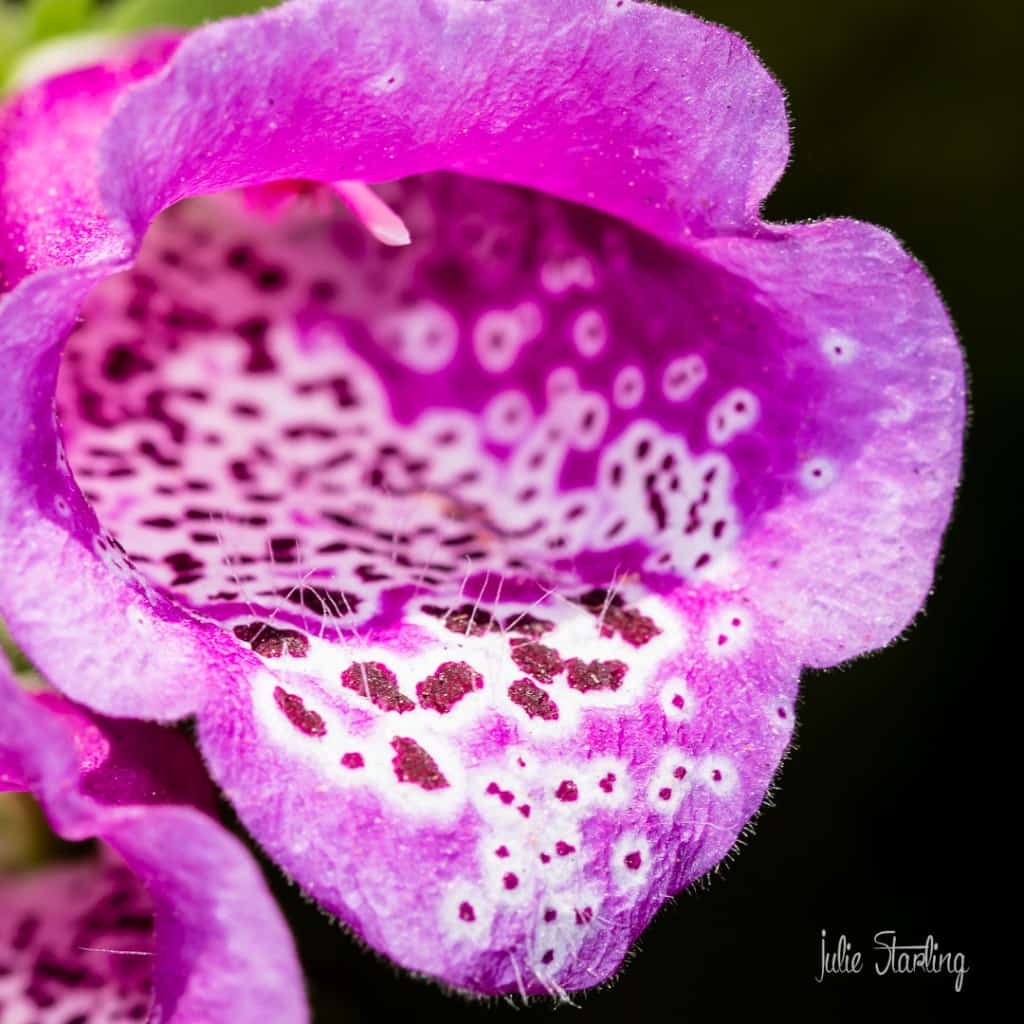Autumn 232/365
It's been blazing hot here in Santa Cruz Mountains. WTF? It's October. Indian summer is supposed to be in September! (more…)
A bumblebee and pal gather nectar together -230/365
As the Internet pointed out to me this week, Robber flies can be deceptively similar to yellow-faced bumblebees. But for sure, this little yellow cutie-pie in the front here is definitely a bumblebee due to the long bent antenae. Also good to know: bumblebees have four wings and Robber flies have two wings. (more…)
TGIF - 229/365
"Hey cupcake, your boots sure are laced up tight. What's your hurry?"
"It's Friday Daddy-O! Just keep your claws sharp, fall in and dig the happenings!"
(I think the sibe heard I was planning chicken shepherd's pie and butternut squash risotto for the weekend.)
Torch Lily or Red Hot Poker of the genus Kniphofia 228/365
Torch Lily, is yet another example of a plant that is not really a lily of the genus, lilium, but is of the genus Kniphofia. It's an exotic plant native to South Africa that produce various shades of red, orange, and yellow. They grow from 2-5 feet high and are extremely hardy, drought and heat tolerant, tolerating just about any type of well-draining soil. Named after 18th century German physician and botanist, Johann H. Kniphof, the plant is closely related to the aloe and produces an abundance of nectar. The plant attracts both bees and hummingbirds. (more…)
Robber Fly, similar to the Bombus vosnesenskii, yellow-faced bumblebee - 227/365
Somebody recently asked me if I had started naming my bees. As if. They aren't actually my bees. I just find them. It's not my place to name them. But sometimes they tell me their names. This is Mildred. I found her on NitWit trail. She's a bumblebee of the genus Bombus, the Latin word for buzzing or humming sound.
In general, bumblebees are not aggressive. They do not swarm, however, they can sting multiple times if annoyed. When foraging on a flower or resting, a bumblebee will raise one of its middle legs when it feels threatened. It's a sure sign that you should back off! There are multiple YouTube videos circulating the Internet of people claiming a bumblebee is giving them a high-five when in fact the bee was likely saying, "Step off dude!"
There are 250 species of bumblebees worldwide. This particular species may be Bombus vosnesenskii, or yellow-faced bumblebee. It's a common species native to west coast North America and is a very important pollinator in commercial agriculture, especially for greenhouse tomatoes. B. vosneskenskii is quite large, ½” - ¾” long, their bodies and wings are mostly black but their head and thorax are yellow. Typically bumblebee queens do not forage, but in this particular species, she does, toward the end of the season as worker bee numbers decline.
While bumblebee numbers have been declining worldwide since the early 1990's, some species even thought to be extinct, the yellow-faced bumblebee are among the species whose numbers are stable or possibly increasing. While reasons are unclear, scientists do know that they can live in urbanized areas. So plant a garden to attract bees! Enjoy them with your eyes but avoid giving them high-fives.
***
Update 10/8/2015: I just recently learned that Mildred above is not a bumblebee but a robber fly! I had no idea. Robberflies can be decpetively similar to bumblebees, especially the yellow-faced bumblebee. But the educational information above still stands.
Autumn in Santa Cruz Mountains - 226/365
One reason why California is considered the Golden State.
Excuse me while I kiss the sky. - 225/365
Autumn, nature's last stand at magnificence. The purple haze skies of autumn makes up for the lack of foliage in the Bay area. (more…)
The Perfect Galette - 224/365
Ever since he accidentally invented the Blueberry Crêpecake, Mr. Wild Dingo has had a hankerin' for a galette. So he did what he always does: obsess over finding just the right crêpe pan and make me buy it. Like he had to twist my arm? After a few weeks of trial and error, he's perfected the perfect galette stuffed with two eggs sunny side up, lightly toasted prosciutto, and cheese. But I keep telling him he needs to practice more so I can compare and critique each week. (more…)
Foxglove (Digitalis purpuea) - 220/365
Foxglove, genus name Digitalis, is native to Europe, Asia, Africa. It's Latin name, Digitalis, means "finger-like" and refers to the ease with which the flower can be fitted over a human fingertip. The most common species, Digitalis purpuea, is mainly used as an ornamental plant due to it's vivid-colored flowers. It can grow 1-18 feet high.
"It can raise the dead and kill the living." (more…)
Temptation Waits - 221/365 (more…)
